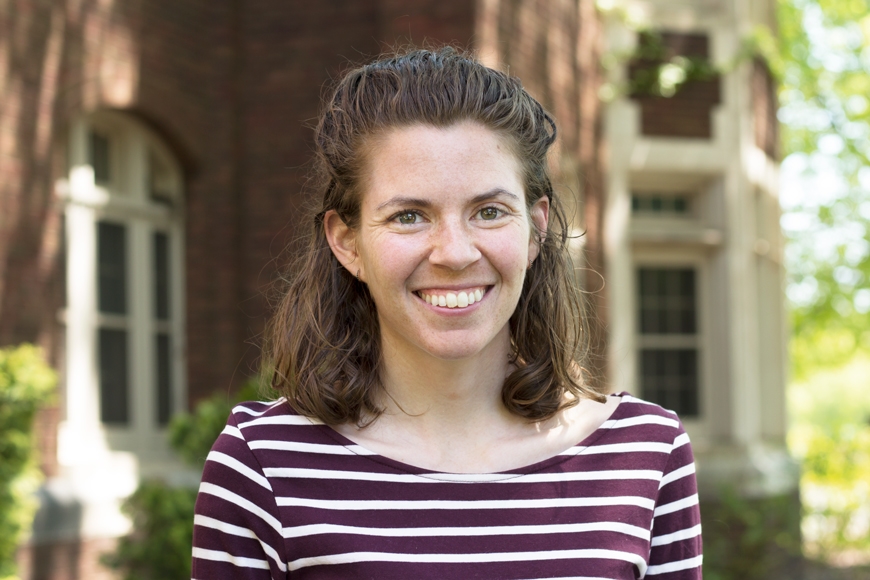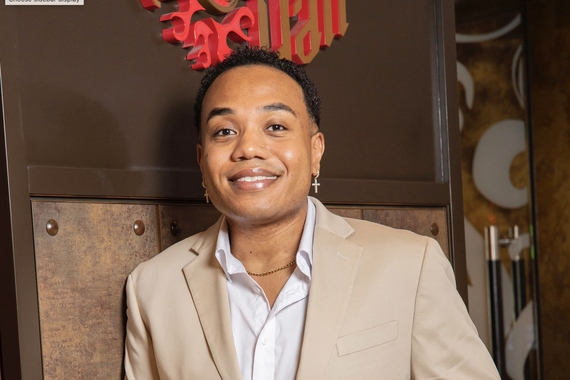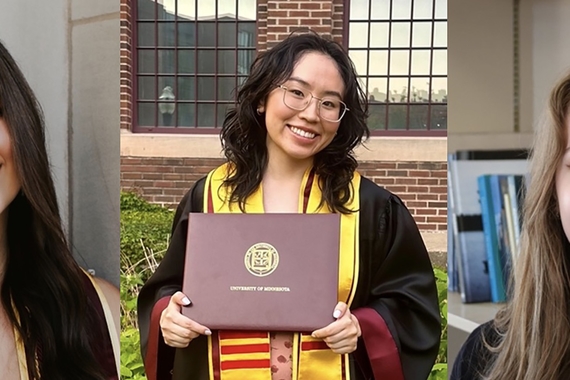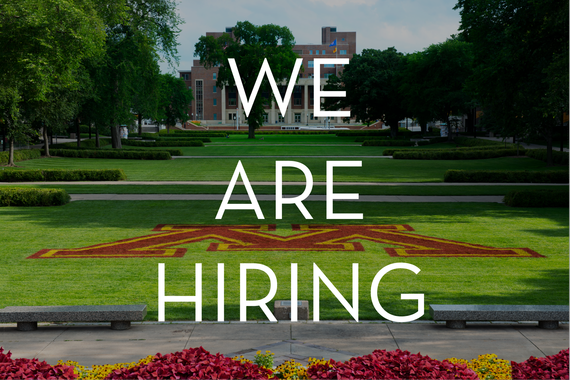Classroom and Community Collide
Technical writing is more than just instruction manuals; it is an important part of every field. With specialties in health, science, and rhetoric, UMN instructor Kari Campeau knows exactly how far-reaching technical writing is. That’s what made her the perfect match for teaching a course called Professional and Technical Writing (WRIT 3562).
Making a Difference with One Class
Campeau believes that “service-learning has repeatedly been shown to be an effective, engaging, and long-term beneficial pedagogical approach.” She used service-learning, a style of education that blends experiential learning with traditional classroom time, to teach WRIT 3562 in fall 2017.
Over the summer leading up to that semester, she met with several community organizations to identify technical communication needs within their organizations. According to Campeau, they worked together to “frame the problem as one that students could explore and address over the course of a semester.” This way, students could learn while working on projects that met needs within the larger, Twin Cities community.
The clients Campeau selected for her class last fall were three adult literacy education centers: The Hmong American Partnership, Cedar Riverside Adult Education Collaborative, and Franklin Library Learning Center. These organizations provide many services to immigrant and refugee communities in Minnesota, including adult literacy education, citizenship courses, employment training, health and medical education, and housing workshops.
“Intercultural communication skills are increasingly important as technical writing becomes more global, and intercultural communication skills are often handled reductively or insufficiently in technical communication textbooks and course design,” Campeau explains.
Working with unfamiliar communities gave her students the opportunity to build and reflect on their intercultural skills and apply them to real-world scenarios and client-driven projects. Campeau elaborates: “The process of working towards technical communication solutions was iterative and collaborative: it involved many cycles of feedback from each other, their community organizations, and the client base each organization served.”
Process and Deliverables
Campeau’s students researched their organization’s structure, clients and stakeholders, and common writing and literacy practices. They employed original research methods, like interviewing, observing, and surveying, combined with scholarly and market research. Once they had a better idea of the organization’s climate and needs, they worked on solutions to the problems.
For this process, Campeau says her students “worked on project management software and drafted proposals and prototypes of their solutions, conducted frequent usability testing, and eventually delivered final products to their clients.” Their organizations were real clients looking for real products, and Campeau’s students delivered.
The Hmong American Partnership needed an orientation video for adults first enrolling in their program, so Campeau’s students developed a video that would be accessible for a multilingual audience. Their challenge was to create one video that would be useful across different cultural and language backgrounds.
At the Cedar Riverside Adult Education Collaboration, Campeau says that her students “worked with government documents and Cedar Riverside policies to make a video, dubbed in multiple languages, and a digital worksheet to inform users of their rights and to trace how their information gets used.”
Learning and Helping Together
The classroom is a powerful place to be. Students come to school not only to be taught, but to share knowledge with each other. Campeau’s class took advantage of their combined wealth of knowledge to get the most out of WRIT 3562.
“This class focused on team-based approaches to organizational problems and was geared toward creating compelling, useful, and multi-modal products,” Campeau explains. “While much time was spent learning from and working with the partnering organizations, we used class time to discuss, examine, and compare this experience with technical communication scholarship on localization, translation, multilingual and cross-cultural communication, and user-experience methods.”
One of the resources they used during class time was the Digital Writing Studio, where students have access to professional software like Adobe Creative Suite and Adobe Technical Communication Suite. It was the perfect place for her class to work together to create professional products with professional equipment, and “it is designed to facilitate writing that happens across different mediums and takes place through collaboration and teamwork.”
According to Campeau, having conversations with others can change one’s entire research experience. “Because fieldwork and engagement with the people most affected by the problem I’m studying has informed my research . . . I wanted to design a course where students, too, could learn from the people using their technical communication creations.”
This story was written by an undergraduate student in CLA.



